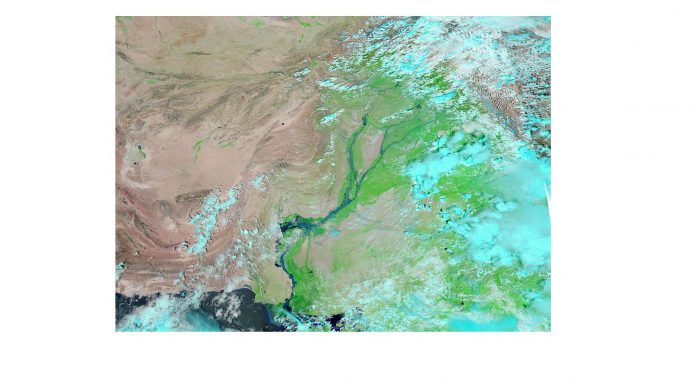DNA
BEIJING, Sept. 14 – A Chinese scholar Prof. Zhou Rong said Pakistan in its efforts of overcoming damage caused by the floods and continuous torrential rains could learn more from China’s experiences to handle the situation more effectively.
In a report published by China Economic Net (CEN) on Monday, he made some suggestions as how to cope up with the situation.
According to Prof. Rong, there is need to start from two aspects. The first is to set up an early warning system. The second is to build more water conservancy facilities in areas at high risk of flooding.
Pakistan needs to do computations of river flow data, and computes water flows into the Indus River as well as its branches, the absorptive capacity of the terrain, the spread of vegetation, the solar energy signature over the entire Indus basin and more. If there is a system to ingest the data and process it, that will be the best.
Prof. Zhou Rong a special commentator of CEN and fellow of Chongyang Institute for Financial Studies, Renmin University of China suggested that there should be a special system in Pakistan to tell how much rain to expect and where, how much accumulation of water will occur in what region and what river flow will be at each hydrological station everyday.
Pakistan would be able to overcome the floods on self-reliance without asking for much international assistance.
The country needs to predict rainfall very accurately, even when it is dealing with anomalous storm patterns. But in order to predict stream flows at precise locations, it needs river flow data from each of the hydrological structures on the Indus river system.
Therefore, Pakistan has to develop a special organization or instrument to download daily reports from the Pakistan Meteorological Department website which contains enough information.
If country’s special departments concerned could tell the likelihood of the occurrence of a flood, its location, intensity and effects on each individual river of the Indus river system, that will be best for everybody. With advance warning, embankments can be strengthened, reservoirs and dams can be emptied out, barrages can be reinforced.
Breaching priorities for embankments that lie along the path of the flood can be drawn up in time and residents can be alerted so that perishables and livestock can be moved to higher ground.
Prof. Zhou Rong stated that Pakistan is blessed with a highly developed river management system which can be effectively used to mitigate the full impact of a flood. With advance warning, water infrastructures could have been emptied out much sooner, making it possible to absorb the floodwaters surging down the river.
With no additional water flowing, the peak flood could have been relatively better managed.
He added, recently, the government signed a contract of Rs442 billion with China Power for the construction of the Diamer-Bhasha Dam. The Chinese firm is executing the project in a joint venture with Frontier Works Organisation (FWO).
The Diamer-Bhasha Dam would be completed to cope with the increasing water and electricity requirements of Pakistan. The dam project with a total financial outlay of about Rs1,406.5 billion would be completed in 2028.
The water conservancy infrastructure of the China-Pakistan Economic Corridor has not yet achieved full coverage, but it could be expected that more and more dams and reservoirs design and construction should be combined with Pakistan’s flood prevention and rainstorm loss reduction.

















